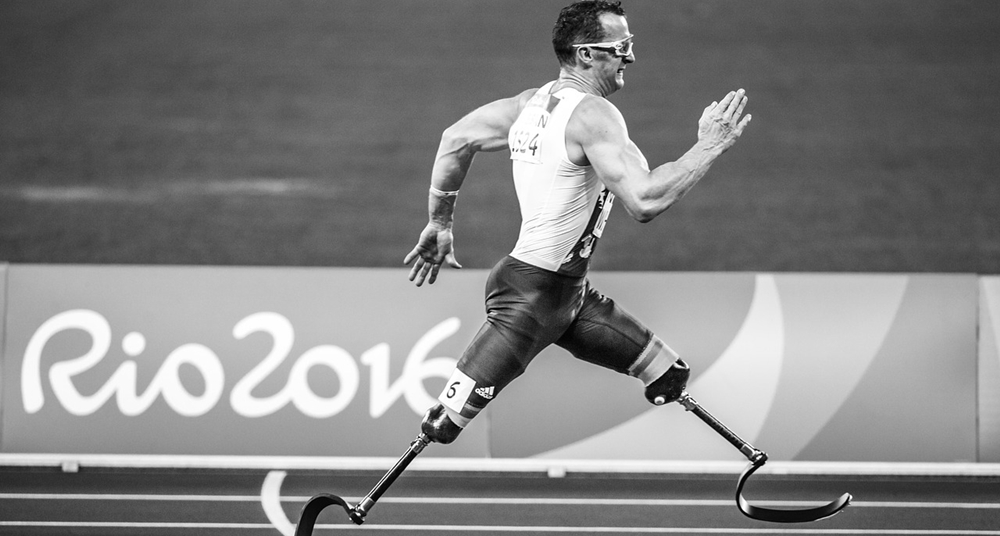
Orthopedic and prosthetic research has come a long way in recent years and given the advancement of IoT in the medical device area (which some call the Internet of Medical Things or IoMT), the emergence of wearables and connected devices hold meaningful promise as we start a new year.
Here are five examples of connected orthopedic solutions on the market or in trials today:
Trac Patch
TracPatch is a wearable that was created to help doctors and patients communicate more effectively after the patient has had orthopedic surgery. It helps doctors provide the patient with effective care and be able to change the recovery plan to counteract any issues that may arise. This wearable does this by collecting data such as daily range of motion, ambulation of the patient, and exercise recognition to ensure the patient is doing their required exercises. It then uses this data to provide alerts to both the patient and doctor about how well the patient is or is not following their recovery instructions and if the patient’s recovery is on the proper trajectory. It also has the feature of providing the patient with encouragement and feedback from their doctor.
Orthyo App
This app is of similar function to the TracPatch. It attaches sensors directly to the leg of the patient and then via WiFi connects to a smartphone to send real-time data measurements that are then turned into graphics for the user. This is done through high precision; motion tracking technology ensures the information is accurate. This system allows for patients to easily send data on their progress to their physiotherapists.
BMPpathway
BPMpathway is a remote patient monitoring system designed to be used in the weeks following orthopedic surgery. The technology is designed to help reduce hospital time and costs, decrease readmission rates, efficiently prioritize resources, improve patient motivation and enhance patient recovery. BPMpathway’s wearable technology includes a single, high-performance wearable wireless sensor and a tablet with the company’s software. Sensors stream data to the tablet to display recovery data.
Mymobility app
The mymobility app is designed to walk patients through pre- and post-op large joint arthroplasty care. The mymobility app captures data from knee and hip replacement patients and shares it with their doctors so they can participate in their care and recovery in a way not previously possible through traditional in-person visits. Mymobility works using the Apple watch. According to Monica Kendrick, VP of Corporate Communications at Zimmer Biomet, the app will allow “Surgeons and care teams to send messages, step-by-step guides, reminders, exercise videos and more to patients and thus convert an arduous and independent process into a timed, simplified and supportive one.”
E-dermis
This electronic skin is made up of fabric and rubber combined with sensors that enable it to mimic the function of nerve-endings. This product can recreate the sense of touch and pain for a user. E-dermis has sensors that mimic the way our skin receptors perceive and encode stimuli and then relay this information to the user's peripheral nerves. This product has the potential to give amputee, prosthetic users a variety of touch-based feelings that up until this point they have not had since becoming amputees.
A strong trend is products that help a patient communicate often and effectively with their doctors about their recovery progress outside of a formal doctor’s appointment.
Through the conjunction of wearable sensors and mobile applications, companies have created products that allow patients to easily be reminded of their recovery steps and doctors to easily catch and address any issues a patient may be having as soon as possible.
These products also cut out the inconsistencies and confusion of a patient trying to convey to their doctor any issues they may be having. Further developments in improving the communication between patient and doctor after orthopedic surgery, using wearables, is a key trend we see persisting in 2019.
Particularly because healing from orthopedic surgery requires so much physical therapy and at home exercise by the patient, where there are no medical professionals present to monitor the patient, sharing this data hold tremendous potential to improve outcomes, and lower the cost of care as the IoMT for orthopedics goes more mainstream.
Edited by
Ken Briodagh





